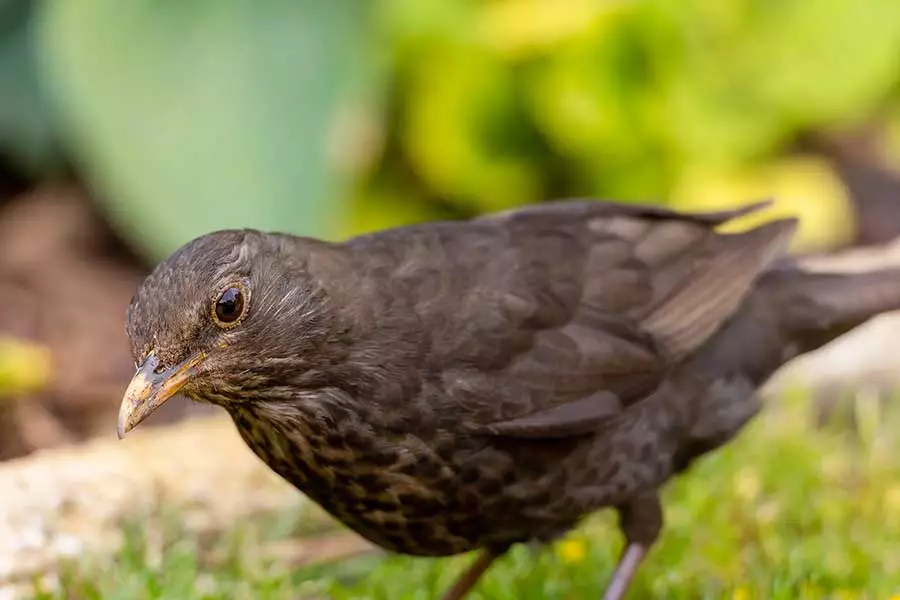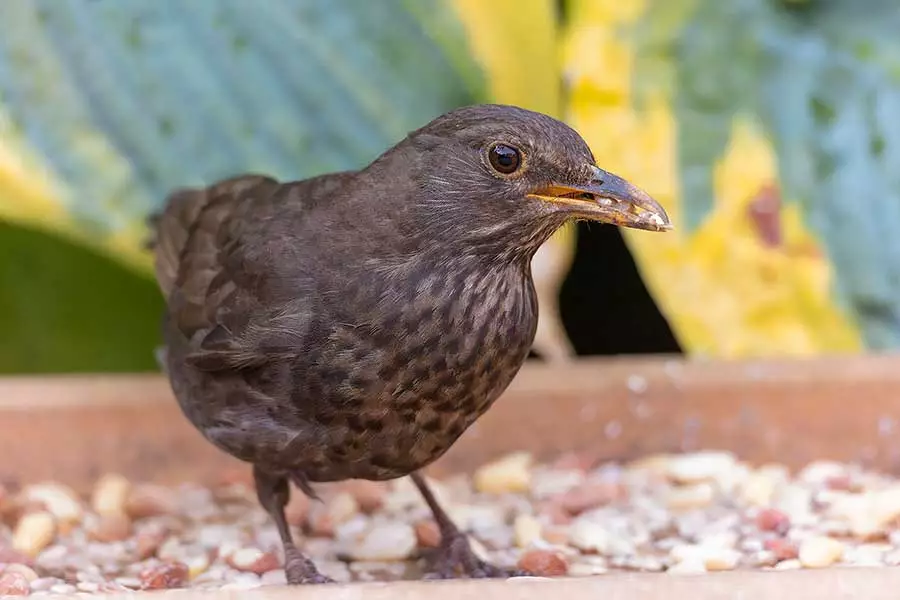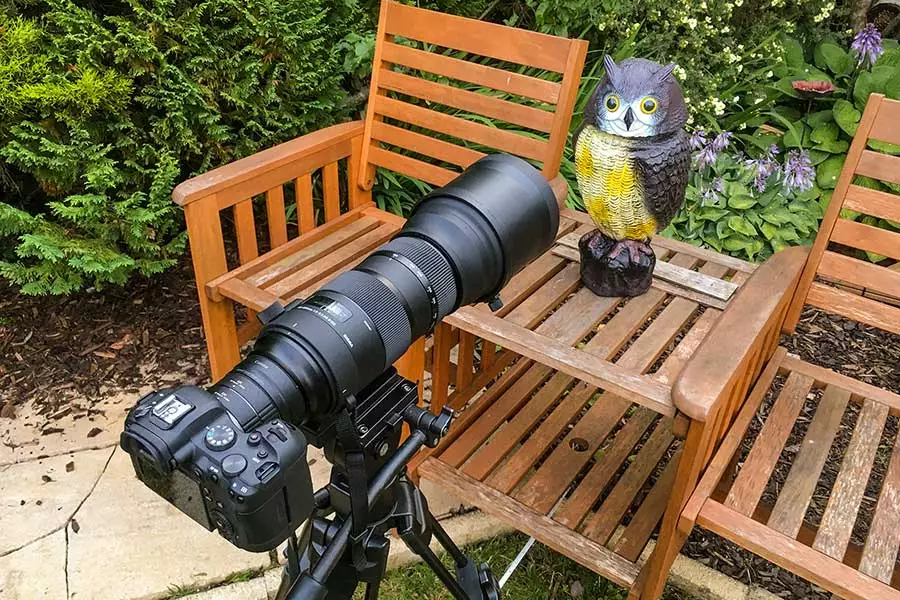DIY Video Studio is supported by its readers. Please assume links on this site are affiliate links or ads, and that I get commissions for purchases made through these links. As an Amazon Associate, I earn from qualifying purchases. Thank you if you use any of the links.
If you use a telephoto lens to photograph birds or wildlife you may have experienced a shallow depth of field causing part of your subject to be blurred. Often, we want a shallow depth of field to ensure the background is blurred but usually, we want the subject to be sharply in focus.
If you use extension tubes for macro photography you will be familiar with the problem of shallow depth of field. But what if you are using extension tubes on a telephoto lens to increase magnification. Will the extension tube affect the depth of field?
Extension tubes do affect the depth of field off a lens. However, this is more noticeable when you are close to the subject rather than when taking shots close to the maximum focusing distance of the telephoto lens. To increase the depth of field and have more of the subject in focus, move further away.
Shallow Depth of Field with Telephoto lenses
Here are two example shots taken with my Canon EOS R6 plus Sigma 150-600mm f5-6.3 SPORT DG OS HSM with 32mm extension tubes. The black is so tame it came to feed just 6ft away from me. I should have taken the time to crank down the aperture (and reducing the focal length) but ended up taking a burst at a focal length of 600mm and f/7.1.


You can see I missed focusing on the eye in the first shot but the animal eye AF on the R6 grabbed the blackbird’s eye in the second shot. In both cases you can see the depth of field at f/7.1 is not huge with the extension tubes fitted.
But remember, I was ridiculously close to the bird, considering the Sigma lens was set to a focal length of 600mm. At more sensible distances, and with the aperture shut down a little, I should be able to get most, if not all, of the bird in focus.
To put this to the test I tried to make the situation as extreme as I could to see the effect of using extension tubes on depth of field. I, therefore, added a 1.4x extender on to the Sigma and used all four extension tubes I have in my kit bag, a total extension tube length of 54mm.
Since the semi-tame blackbird did not make an appearance, I turned to our plastic owl bird scarer. It was 44ft (13.35m) from the focal plane of my Canon EOS R6 camera. The camera’s animal eye-autofocus latched onto the owl’s left eye and I took the shot.
On close examination I thought the image was very slightly soft, so I compared it to shots taken with the Sigma lens and 1.4x teleconverter and with the Sigma without the TC or extension tubes.
The image softness I could see was a result of using the 1.4x teleconverter and not a result of using the extension tubes. They did not appear to degrade the image any further.
Satisfied that the extension tubes were not significantly affecting the image quality I turned to the depth of field.
Unlike the blackbird shot that was taken at almost the minimum focusing distance, this image had all the “bird” in focus. It was not an unexpected result. At longer distances, I expected the Sigma zoom telephoto lens with 1.4x TC and 54mm extension tubes to have a much deeper depth of field than when close to the subject.
More depth of field
As well as moving further from the subject you can adjust the aperture on the lens. A smaller aperture (larger f-number) will increase the depth of field and get more of the subject in focus.
Changing the aperture to f/11 or f/16 should make a substantial difference.
Since using extension tubes does reduce the light you may find that you will have to reduce the shutter speed and/or increase the ISO to compensate. When taking photos of birds this can lead to blurry images and more noise. With a DSLR you may also find the image in the viewfinder is a little dark. But if you are using a modern mirrorless camera, you shouldn’t have so much trouble.
Cameras like the Canon EOS R6 perform exceptionally well at higher ISOs, and the in-body image stabilization (IBIS) allows longer shutters speed without blurring. However, motion blur due to the bird’s movement would remain a problem.
Conclusion
When using a super-telephoto lens with extension tubes for bird photography the depth of field is affected. But the shallow depth of field only becomes significant when close to the subject.
When taking shots at typical shooting distances for bird photography, you can expect to get good shots with most, if not all, of the bird in focus. The ridiculously shallow depth of field you would expect from using extension tubes in macro photography only appears when the subject is close to the minimum focusing distance of the telephoto lens when fitted with extension tubes.
Tosh Lubek runs an audio and video production business in the UK and has been using the Canon EOS R since it was released in the Autumn of 2018 and the Canon EOS R6 in 2020. He has used both cameras to shoot TV commercials broadcast on Sky TV, promotional business videos, videos of events and functions, and YouTube creator content. He has also won several international awards for his advertising and promotional work. You can meet him by visiting his “video booth” at HashTag Business Events across the country.
Recent Posts
You're Using the Canon RF 50mm f/1.8 WRONG! Here’s How to Fix It
If you’ve recently picked up the Canon RF 50mm f/1.8 STM—affectionately known as the Nifty Fifty—you might be confused by that strange switch on the side of the lens. It doesn’t say AF/MF...
Recently, I shot several customer testimonial videos in 4K for a client when the overheating warning on my Canon EOS R6 appeared. In fact, it appeared three times in five sessions during the day of...


